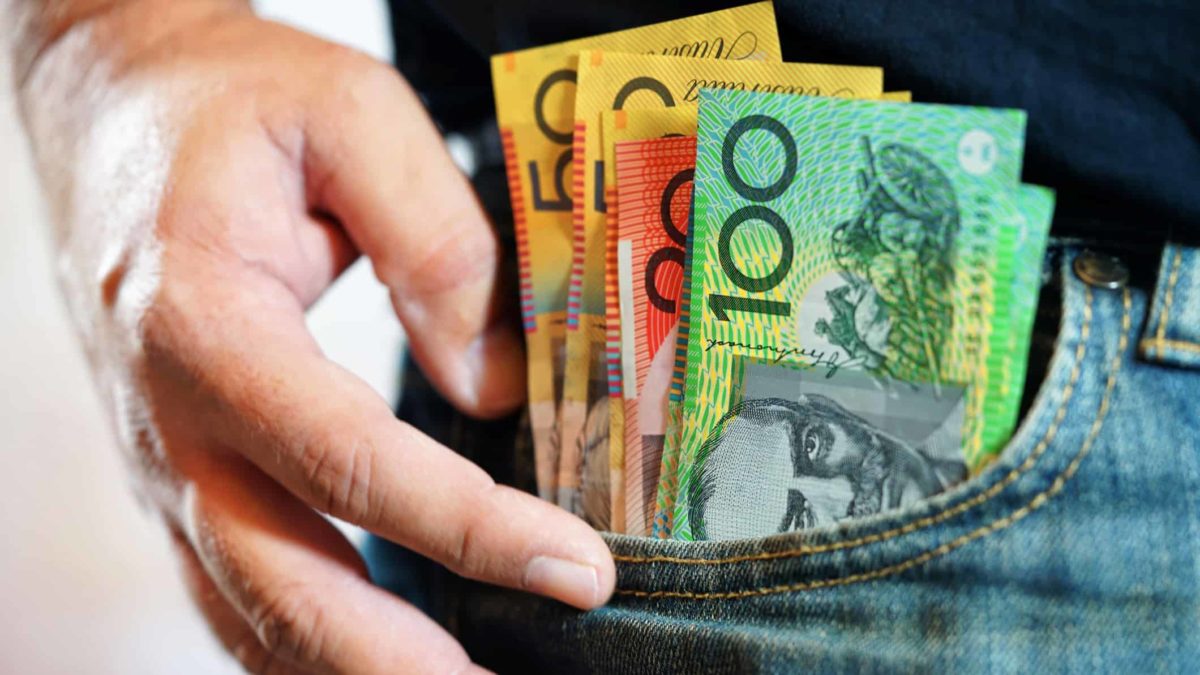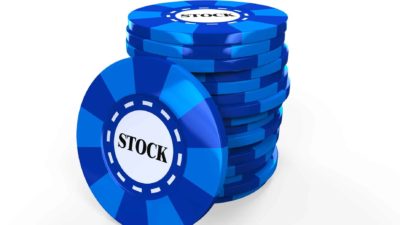Investors that own National Australia Bank Ltd (ASX: NAB) shares can be happy about the current dividends they're getting. The passive income has recovered strongly from what happened during 2020 when profit and the dividend payout ratio were hit.
I'd guess most regular investors pick the large ASX bank shares for the investment income. I think banks are capable of growing profit over time, but not by a lot considering the size of the market capitalisation – NAB's is $80 billion according to the ASX. Big businesses typically grow slower than smaller companies.
I wouldn't suggest investing large sums into NAB, but I think it could have its place in a diversified income-focused portfolio. Let's have a look at how much someone might need to invest to get $1,000 of annual passive dividend income from NAB shares.
Dividend projections
NAB's dividend has recovered from COVID-19 and the last result saw a boost to profit following all of the interest rate rises. The ASX bank share passed the interest rate increases onto borrowers quicker than for savers. In the FY23 first-half result, the interim dividend was increased by 13.7% to 83 cents per share.
According to estimates on Commsec, NAB is going to pay an annual dividend per share of $1.66 in both FY23 and FY24.
That puts the current forward cash dividend yield at 6.4% or 9.2% when grossed-up for the attached franking credits. That looks solid to me!
How to get $1,000 of annual passive dividend income from NAB shares
If we just look at the cash payout to start with, it would take owning 603 NAB shares to get the desired amount. At the current NAB share price, that would cost a total of $15,588.
But for plenty of investors who are in a low-tax bracket, or a no-tax bracket, the franking credits definitely boost the value and yield. If we think about the grossed-up dividend yield, investors would need 422 NAB shares. That would come at a cost of $10,909.
Is this a good time to buy NAB shares?
As we can see on the chart below, NAB is now priced almost 20% cheaper than it was at the peak in February 2023, yet the dividend payment is higher than it was back then.
NAB is facing a lot of competition from other banks such as Commonwealth Bank of Australia (ASX: CBA) and Macquarie Group Ltd (ASX: MQG), as well as non-banks.
I'm not expecting NAB to be as profitable in net interest margin (NIM) terms as in the past, though it can keep growing its profit in the coming years if its market share is at least stable.
I also really like the CEO Ross McEwan and how he has helped improve the bank to be one of the better performers. In the HY23 result, cash earnings increased 17% to $4.07 billion.









